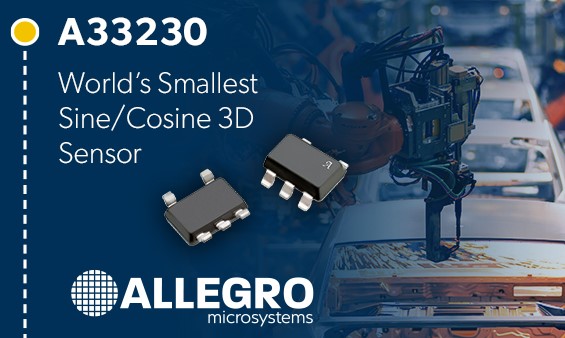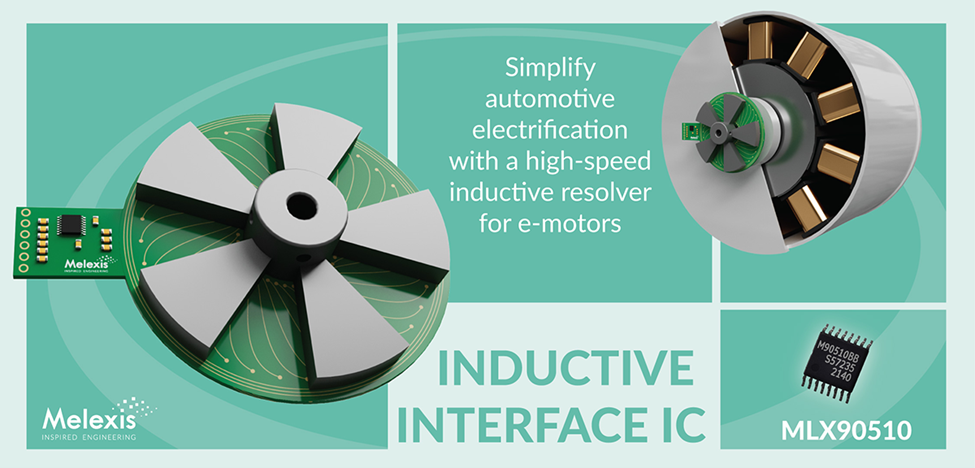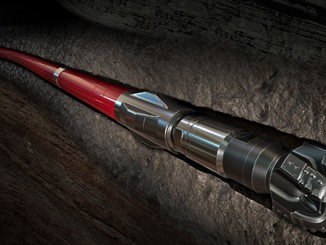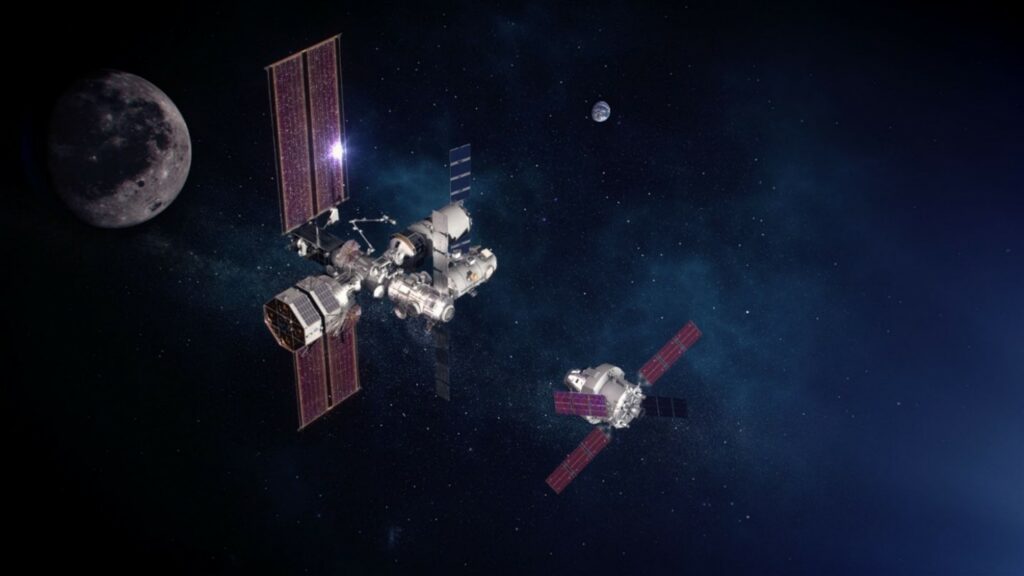
As space missions probe deeper and last longer, electrified propulsion systems powered by Hall-effect thrusters are proving their mettle. One company leading the way is Busek, a pioneer in Hall-Effect technology for aerospace whose thrusters will be aboard NASA Artemis missions seeking the return of humans to the moon.
Four BHT-6000 thrusters from Busek will be part of the Power and Propulsion Element (PPE) in NASA’s Artemis program. The PPE is a high-power, 60-kilowatt solar electric propulsion spacecraft built by Maxar Technologies and operated by NASA. It will provide power, high-rate communications, attitude control, and orbital transfer capabilities for the Lunar Gateway and will be the first U.S. electric propulsion system on a human-rated mission.
The 2-6kW thruster is the culmination of decades of Hall thruster research and development expertise at the company, based in Natick, Massachusetts. It is optimized for high power all-electric orbit raising, station-keeping and de-orbit needs. Applications include the Lunar Gateway, GEO communications spacecraft and solar electric space tugs.
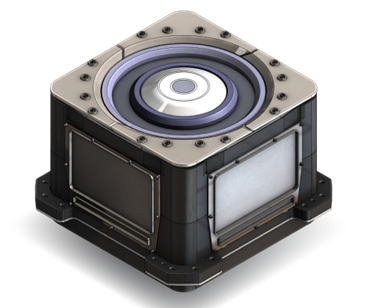
Hall thrusters generate thrust by creating and accelerating ionized gas via an electric field. Confined within a finely shaped magnetic field, electrons gyrorotate within the channel until they ionize a neutral atom. The ionized plasma is then accelerated by the electric field to exhaust velocities of greater than 25,000 m/s.
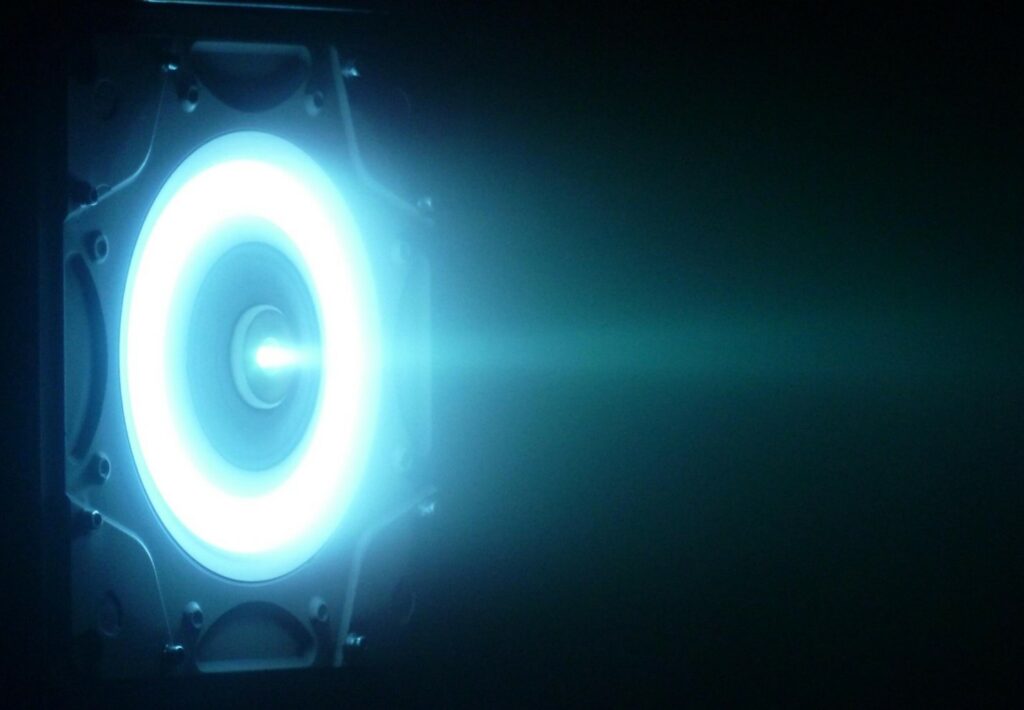
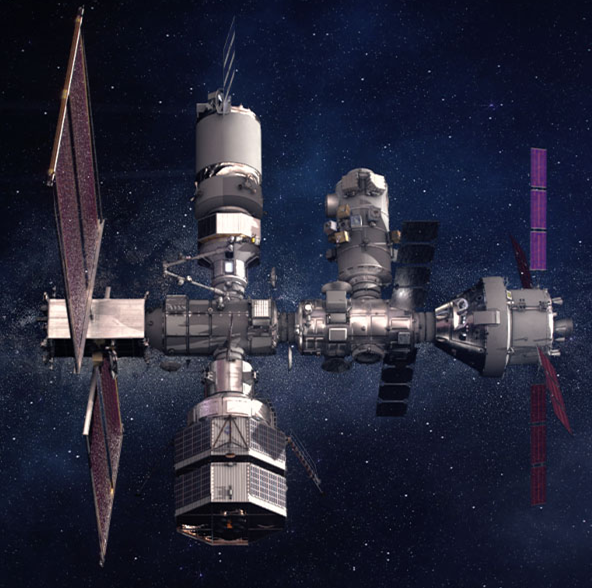
With Artemis missions, NASA will land the first woman and first person of color on the Moon using innovative technologies to explore more of the lunar surface than ever before, and as part of a collaboration with commercial and international partners to establish the first long-term presence on the Moon. Then, NASA plans to use what it learns on and around the Moon to take the next giant leap — sending the first astronauts to Mars. For more info, see www.busek.com and www.nasa.gov.

